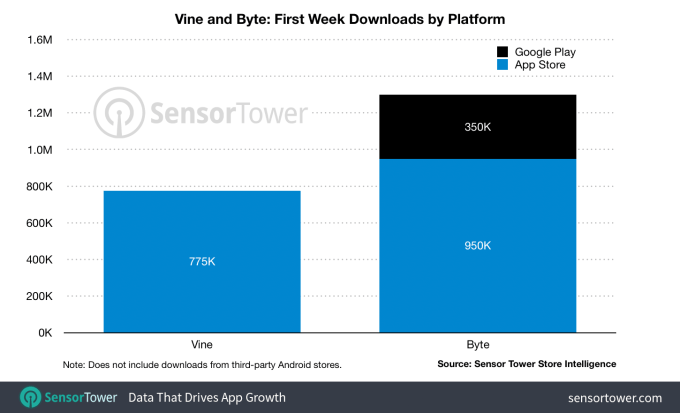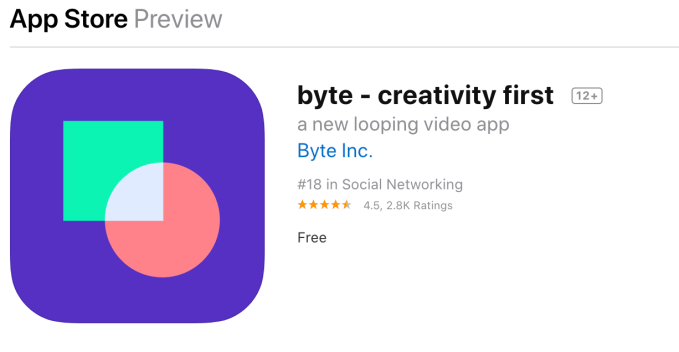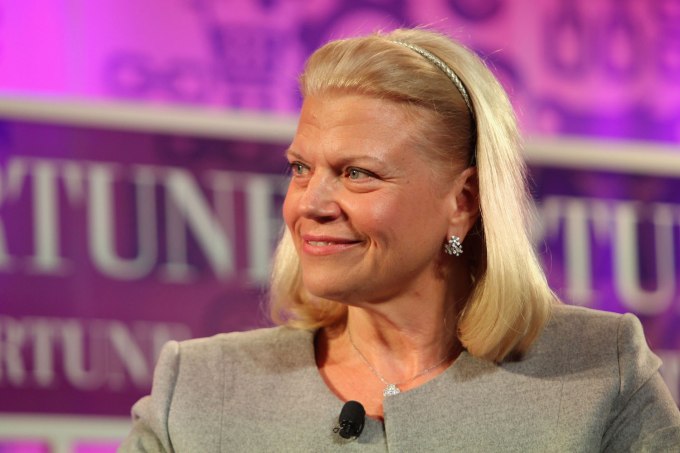Last summer, the Seattle-based startup Remitly closed a $135 million round to go beyond money-transfer services into a wider range of financial products catering to its primarily-immigrant customer base.
Today, it’s taking the wraps off a new product that puts paid to that plan: it’s launching Passbook, a new bank aimed at immigrants that lets a person use any form of picture ID — whether it’s from the US or not — to sign up. The service is starting first in the US — Remitly’s biggest market today among its 15 “send from” countries and 40 “send to” countries. The long-term plan is to roll out Passbook anywhere that Remitly is active over time.
Aimed at the 44 million immigrants in the country that Remitly already targets with services to send money back to their home countries, the idea is to give them options to open and use bank accounts even if they are not in possession of Social Security numbers or other forms of US-originated identification, as long as they are living in the US, have another form of identification (for example a passport from another country), and in cases where the ID lacks an address, proof of where they live.
 Passbook is tapping into a problem that extends into both developed and developing markets, where collectively some 1.7 billion people globally remain “unbanked,” with no access to bank accounts and therefore mostly off the financial grid, and therefore unlikely to have access to services like credit that can potentially help them improve their financial station in life.
Passbook is tapping into a problem that extends into both developed and developing markets, where collectively some 1.7 billion people globally remain “unbanked,” with no access to bank accounts and therefore mostly off the financial grid, and therefore unlikely to have access to services like credit that can potentially help them improve their financial station in life.
Passbook is interesting not just because it’s addressing a gap in the market of financial services, but because of the timely subject matter.
The subjects of migrant workers, immigration, nationality — and how to best to handle the influx of new populations of people within a country’s borders coming for a variety of reasons — are all being hotly debated in the US and elsewhere. Large political shifts and platforms are being built and pivoting around how people view the movement of people.
But while those subjects get lots of attention in the media, in the halls of government, at the bar and around the proverbial dinner table, ironically the subject of those arguments — the people themselves — regularly get overlooked when it comes to building new services and calibrating tech to focus on them, two things that could clearly improve their individual lots and the economy as a whole. Immigrants globally represent some $1.3 trillion in wages and $900 billion in spending power annually.
“No-one should be excluded from banking and financial services,” said Matt Oppenheimer, the CEO and co-founder of Remitly, in an interview in London last week about Passbook.
Passbook is a logical expansion for Remitly because there is a strong overlap between the typical Remitly’s target customer, a country’s immigrant population, and those living in a country like the US who are underbanked.
Today many of the individuals who use money transfer services are immigrants, who use them to send money to family and friends in their “home” countries. Those immigrants, in turn, are the most likely US residents to lack social security numbers and other kinds of US-issued identification.
Up to now, that has made it harder for them to open bank accounts, since many banks in the US — in an effort to avoid risk, not because of a legal requirement — often require those US-originated identification documents to open the accounts in the first place.
But that opens an opportunity for a company like Remitly, which can use a banking service to expand its services funnel with its existing users — it has to date sent some $6 billion in funds on behalf of its users — and to open a new front in adding in other customers who may not already be using it for money transfer.
Since the main requirement is to satisfy “Know Your Customer” compliance, Remitly can do this using other documentation that a person is likely to have.
Remitly has set Passbook up like a typical challenger bank (these days often referred to as a “neobank”), in that it operates as a virtual, online-only bank with no physical office and has partnered with another banking partner called Sunrise that runs all the services under the hood and provides FDIC guarantees for deposits up to $250,000. On top of that, Remitly has worked in a number of features that it believes give customers not just a bank account, but one that has features specific to those that might appeal to its specific customer base.
That includes, in addition to basics like having an account into which money can be paid in and out, and having a Visa-based debit card to make cashless transactions, users getting the ability to “choose your flag” to personalise a card, no fees for transactions when the payment card is used abroad, no account maintenance fees, no overdraft fees, no ATM fees and no minimum balance.
As you would expect, Remitly will soon be adding in the ability to link the Passbook accounts to their money transfer feature to make the process more seamless, and presumably cheaper to entice more cross-service signups. No loans on the platform yet, but you can imagine credit, mortgages and other kinds of lending to make its way there over time as well.
Given the focus on immigrants as users, I asked Oppenheimer about the potential risk that they would be providing services to people who are in the US undocumented and potentially illegally, and wether that could pose problems for the company. He replied that the company is committed to protecting the privacy of its customers and since all that is needed is to satisfy KYC compliance, Remitly would never have information on a users’ immigration status one way or the other, leaving the question off the ledger altogether.
I also asked Oppenheimer where the company stands on funding. It has now raised just under $400 million, and for now is in no hurry to raise any more, he said. But when and if financing is added into the mix of services, you might imagine that will change again.
Source: Tech Crunch




 But that’s not Byte’s only issue. The app originally launched with a 12+ age rating, yet was immediately filled with adult humor alongside videos from obvious minors. Surfaced in Byte’s popular feed were videos with dick jokes and sexual humor, and problematic content including distasteful jokes about child abuse and coronavirus victims.
But that’s not Byte’s only issue. The app originally launched with a 12+ age rating, yet was immediately filled with adult humor alongside videos from obvious minors. Surfaced in Byte’s popular feed were videos with dick jokes and sexual humor, and problematic content including distasteful jokes about child abuse and coronavirus victims.





